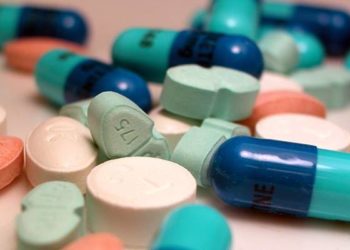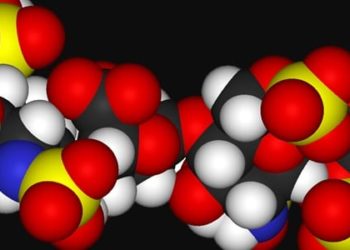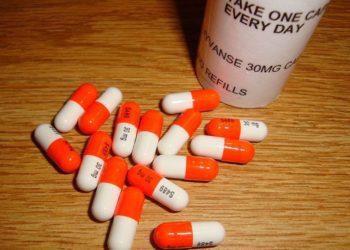High error rate among parents measuring liquid medications
1. In a randomized controlled experiment, parents were asked to measure doses of liquid medicines using marked syringes and dosing cups. More than 80% of parents made dosing errors at least once.
2. More errors occurred when using cups compared to syringes when measuring doses. Error rates were especially high for smaller doses.
Evidence Rating Level: 1 (Excellent)
Study Rundown: Pediatric medications overwhelmingly rely on liquid preparations, with the responsibility on parents to measure the appropriate dose. Both the American Academy of Pediatrics (AAP) and the US Food and Drug Administration (FDA) recommend using tools with standard markings, but there are no guidelines regarding the type of tool that should be used. Although there is no dearth of studies exploring liquid medication measurement errors, this study attempts to fill gaps in evidence about best practices for labeling and measuring pediatric liquid medications. Parents were divided into 5 groups, each with a different combination of medication label and measuring tools. They were asked to measure 3 doses of a liquid medication. Almost all parents drew at least 1 inexact dose, while close to 85% made a true error. There was a trend toward fewer errors as parents worked through the trials, consistent with a learning effect. More errors were seen with cups than syringes, especially with lower doses. This study supports the recommendation that oral syringes be used over cups for measurement when prescribing pediatric liquid medications. While this study is able to provide a clear recommendation, it is limited by the hypothetical nature of the experimental setup.
Click to read the study, published today in Pediatrics
Relevant Reading: Unit of measurement used and parent medication dosing errors
In-Depth [randomized controlled trial]: This study included a total of 2099 parents of children 8 years old or younger recruited from 3 city-based practices as part of the SAFE Rx for Kids study. Subjects were randomly divided into 5 groups, each with different medication labels and tools provided. Labels read doses in mL, mL and tsp, or teaspoon measurements, while dosing tools were either 0.2-mL or 0.5-mL increment syringes, or cups. Group 1 was the “gold-standard”, where labels showed dosing in mL, and syringes with mL markings were provided for measuring. Parents were asked to measure 3 doses of a liquid medication (2.5mL, 5mL, and 7.5mL) using 3 tools, for a total of 9 measurements. Dosing error occurred if the result deviated by >20%, and large errors were considered amounts 2 times above the tested dose. Overall, 84.4% of parents made at least 1 dosing error and 99.3% of parents measured at least 1 inexact dose. Test order was associated with error, with fewer errors occurring in later trials, indicating a learning effect. However, 21% of parents made at least 1 large error. More errors were seen when measuring with cups compared to syringes (aOR 4.6, 95% CI 4.2-5.1). Differences in error rates were highest for the 2.5mL (smallest) dose, with error rates for cups at 73.4% and syringe error rates at 23.9% (0.2mL syringe) and 22.1% (0.5mL syringe) (P < .001).
Image: PD
©2015 2 Minute Medicine, Inc. All rights reserved. No works may be reproduced without expressed written consent from 2 Minute Medicine, Inc. Inquire about licensing here. No article should be construed as medical advice and is not intended as such by the authors or by 2 Minute Medicine, Inc.







